Interview by Jennifer Walden, photos courtesy of WarnerMedia/HBO, Eilam Hoffman, and Dillon Bennett
Cameras (and recorders) are set to roll this year on the third and final season of HBO’s family-friendly fantasy series His Dark Materials. The show is a mix of magic and adventure that spans alternate worlds with young protagonist Lyra Silvertongue at the center. She’s on a quest to uncover the mysteries behind ‘Dust,’ elementary particles related to consciousness.
The show is a playground for sound. With witches, animal companions (who are more like counterparts) called daemons, alternate energy and technology, invented worlds, creatures and monsters, there’s plenty of opportunity for the sound team to get creative and, according to supervising sound editor Dillon Bennett , the showrunners give them free rein to do so.
Here, Bennett and sound designer Eilam Hoffman of Cinphonic talk about growing the show’s sound from Season 1 to Season 2, and how that will expand in Season 3. They discuss the challenges of creating quickly to keeping within a TV schedule and adapting to changing VFX. They share details of their design work for the cliff-ghasts, Spectres, a knife that can portals between worlds, plus the aforementioned daemons, alternate energy, and more.
His Dark Materials: Season 2 | Official Trailer | HBO
Sound-wise, how has His Dark Materials grown from Season 1 to Season 2? Do you feel the showrunners thought more about how they could use sound for the second season?

Sound Designer Eilam Hoffman
Eilam Hoffman (EH): It evolved quite a bit. For example, characters like the cliff-ghasts were established in the first season, but in Season 2, we hear them speak in an alien language for the first time. We’re also being introduced to new daemons and strange creatures which have unique ways of vocalizing.
Dillon Bennett (DB): Some things were established in Season 1 that don’t fundamentally change due to continuity. But in Season 2, there is a whole new world.

Sound supervisor Dillon Bennett
One of the great things about the show is that we’re constantly getting these new locations. In Season 1, we were in two worlds, and this season we’re in three different worlds. On top of that, each world has so many different locations that you feel like you’re constantly moving. There’s a real progression from episode to episode, and a massive one from Season 1 to Season 2, with Lyra and Will both traveling to this new world we meet at the beginning of Season 2.
So establishing new places was a big thing sound-wise in the show and making somewhere sound unique is always an exciting thing to do.

You mentioned the cliff-ghasts. How did you create the sound of the creatures’ voices? Creature vocals are tough, plus you have this whole other language going on…
EH: The cliff-ghasts were fun to create. I mapped and tuned sounds on a software sampler by Native Instruments, then performed these together to create short phrases. I also combined my voice into those phrases and morphed the elements to make something that hopefully sounds like a single, expressive creature.

Recording sea mammals, used for creature vocals
EH: Mainly, I used short animal vocalizations that fit the personality and physicality of the creatures. Some of the ingredients came from animals such as apes, birds, and sea mammals. I was looking for unique, strange, and nasty vocals, so I leaned towards guttural, strong transient bursts and clicks. It wasn’t so much about the source of the sounds, more about the character of the vocalizations.
I was looking for unique, strange, and nasty vocals, so I leaned towards guttural, strong transient bursts and clicks.
It was quite a time-consuming process. I listened to a lot of long animal vocalizations and created folders for segments of sounds that stood out. After that, I tried to Frankenstein all these parts into a single character. For the cliff-ghasts, we went in the direction of dangerous and sinister.
DB: There was a progression for the cliff-ghasts in the second season because in the first season, when we meet them, they’re attacking a balloon and they’re vocalizing by doing a sort of sonar/radar clicky thing that we used partly as a plot device. Before the cliff-ghasts show up, you hear parts of the balloon clicking away as it is being moved either by them or the wind.
So it’s kind of three parts: you have these two different mechanical clicks and then you hear the cliff-ghasts and it could sound a little bit like something in the balloon. When they attack, however, they have really terrifying screams and there’s also a tiny moment of a growl — just a suggestion of it.
…they decided to go with subtitles, as it just seems so much cooler to be able to show their real character in their own language.
Once we got to S2, EP 7, you have some of those screams and clicks in there for the continuity, but then suddenly the cliff-ghasts speak. Initially, the producers were talking about getting crowd artists and having the cliff-ghasts speak English and just play along with the assumption that the audience can understand every language. Thankfully, they decided to go with subtitles, as it just seems so much cooler to be able to show their real character in their own language.
The VFX department asked to have a basic template of sounds to sync to. I’d sent them an extended track of the growls that we’d used in the first season. Then we were given free rein just to go and design their language. We knew what they look like and what they’re saying, and were asked to make them as nasty as possible.

That’s fantastic that you had so much freedom to just make up this language and to make them sound however you wanted…
DB: For this show (more so than maybe anything I’ve worked on), there’s so much trust put in us as a department to just go ahead and be as creative as possible.
And obviously, not everything is exactly what the exec. producers or the producers had envisioned. When we get to the stage, updates need to be made, but there’s a huge amount of trust put in us at the beginning and generous praise at the end. It’s such a support system without micromanagement or anything like that. Big ideas are discussed at first — how sound can be used to help the plot, and what it needs to do at places — but when it comes to the details and designing sounds, we’re allowed to go and be creative.
…there’s a huge amount of trust put in us at the beginning and generous praise at the end.
And I think because of that, you get these wonderful responses in the mix room. The response to the cliff-ghasts’ vocals was one of the best things ever. When the exec. producers sat down to watch that episode, they didn’t hold back. They’re like, “Wow. Oh my god that’s amazing.” And that is what you always want to hear rather than scribbling and grumbling.
That’s probably my favorite bit of the whole season, the cliff-ghasts. They’re just so nasty and gross.

The sound of them really fits what they look like. It wasn’t a disconnect. You believe that this creature is making that sound, which isn’t always easy to do…
EH: When we started on the show, Dillon and I had a chat about the direction of the sound and decided to make it as grounded and real as possible. We didn’t want anything tricksy. There was quite a challenge in terms of the huge number of characters and in making them different with their own signature sounds. Sometimes we have multiple characters in the same room and we always wanted the audience to know exactly which one was vocalizing.
The daemons are anthropomorphic creatures that stand on their own with personality and depth.
There were so many challenges in this show. We needed to invent new sounds that don’t exist in our world. The daemons are anthropomorphic creatures that stand on their own with personality and depth. However, at the same time, they are often mirroring the emotions of the character they’re linked to. We had to decide whether we would make them vocalize for the physical daemon character that we are seeing on the screen or whether to give a clue about the emotions of the person they’re linked to — if they’re scared, happy, sad, intrigued, etc. We needed to create a large palette of emotions for each character in order to achieve this.
Certain characters, like Lyra’s Pan, can shapeshift as well, so he turns into all sorts of animals. Sometimes he’s just an animal, but sometimes he also speaks. We chose to add small and very subtle sounds between the words, to remind us that this is not just a character who is speaking. We wanted to connect that voice to the animal we are seeing on the screen.

We used this technique with most of the talking daemons. The real challenge was to make it work with the smaller daemons, as their range is a much higher pitch than the human voice. We also worked closely with the dialogue department to match everything and keep it subtle and grounded.
To further that connection and relationship of human and daemon, we played with the idea of actually putting animal sounds on the human character’s voices. For instance, we have Mrs. Coulter whose daemon is a golden monkey. Just before the monkey attacks, there’s a close-up of her and she makes these vocal energy bursts. We decided to replace her voice with an animal snarl. This made her seem quite animalistic and sinister in that moment. Also, there’s a real connection into the next shot of the monkey screaming and attacking.

That’s great how you created a sonic bridge between the human and their daemon, by having those sounds over the visual transition.
Speaking of Mrs. Coulter, she has a great sequence in EP 7 where she interacts with the Spectres. Mrs. Coulter ultimately figures out how to control them. The sound of the Spectres was swirly and windy. There is a lot of movement to them, particularly in this scene.
What were some of your sonic challenges there? How did you create all that movement and fluidity in their sound, to make them feel like they’re swirling all around, and then match that to the visuals to reinforce the fact that she’s controlling them?
DB: At first I had a call with Russell Dodgson who is the VFX producer from Framestore and he explained the direction they were going with the Spectres and showed me something that was very similar to what it ended up as.
The idea was that the Spectres have this very fluid movement in the way they react with people. When Mrs. Coulter controls them, it’s almost like a magnetic kind of a reaction. They respond with this sort of negative effect. And when they attack, they sort of take on the form of the people or daemons that they’re attacking.
When Mrs. Coulter controls them, it’s almost like a magnetic kind of a reaction.
So early on, I’d bought a ton of magnetic filings and tons of magnets and did loads of recordings with these for source material then played with them to make flowing, metallic movement tracks. We thought the most important thing when you have several of them on screen was to be able to distinguish which one is which so we needed to really track the movement. We needed to be able to go, “This is making this flow here,” so your ears and eyes are drawn at the same time. The movements of the magnetic filings really contain this quality.
Once we started to get the VFX in, the discussion was: what do they sound like beyond that? At that point, they had started to take on, visually, a kind of oily sheen. They became more fluid and more liquid. Eilam designed two additional layers. The first was like a vocal one, which we wanted to be non-creature-like. It had to sound almost like an alien because they’re not daemons. They’re not people. They’re not animals. They’re this whole other thing.

The second additional layer was a fluid element to help with the feeling of movement. And it was a combination of all those three things that we used to get their sound.
Because we had these different layers, we could push and pull elements and make them very, very intense with their movements, or make them very subtle and ominous with their deep, guttural, blobby tones, or terrifying with their screeches and things like that. So we had tons to play with in the mix.
They just sound very, very unique and very scary, which is great.
EH: When the first VFX shot of a Spectre came in Dillon said, “Let’s make this as sinister, and strange as possible. They don’t have a mouth so we have to come up with something that still has a vocal, but no vocal cords.”
…we have a big library of field recordings of animals that I recorded over the years…
I ended up experimenting with all sorts of different directions until something felt right.
Due to the pandemic, we couldn’t arrange animal sound recordings. Luckily, we have a big library of field recordings of animals that I recorded over the years which I’m familiar with and that saved a lot of time on this show.
I also recorded some things in my house with an extended frequency range microphone, the Sanken CO 100 K. I recorded squeaking plastic, glass, toys, vegetables, and metals, …anything that had that sort of strange, screaming tonality to it. I then processed and morphed these with animal sounds.
For the movement element, it was a combination of guttural, wet, and horrible-sounding animals together with slimy sounds that have movement and dynamics.
…when the score was full and taking center stage….we had to lean into the more metallic movement part…
The score of the show is beautiful and in some dramatic moments became quite dense. We needed some tonal elements as well as high-frequency sounds made from insects to cut through it without getting in the way. We were pretty lucky to receive it early on during the sound editorial process and pitch some of the tonal Spectres’ vocals to complement the score in a few of the big musical moments.
DB: It was challenging having this huge score, but having these different layers that we could push and pull was helpful. For quiet moments, we would really lean into the more bubbling, sinister, vocal bits. In moments when the score was full and taking center stage, like when Mrs. Coulter suddenly controls them, we had to lean into the more metallic movement part because that was the sound that cuts through the most — not to take away from the score, obviously, but just so you don’t lose that connection.
…we have to play with this idea that sometimes we’re hearing them subjectively as the audience.
But the other interesting thing about these Spectres is that characters sometimes see them and sometimes don’t; it depends on how old they are. We have to play with this idea that sometimes we’re hearing them subjectively as the audience. Like, even though they’re right behind Will about to attack him, we hear them but he doesn’t.
And then other times the characters hear them, but don’t see them. And so we have to play up to that.
There’s a lot of push and pull and the weirder we were with it the easier it was to say that this creature is semi-visible, semi-audible and you just play into it without overthinking the logic behind it.

Let’s say you created a sound with movement, but then the picture changes and the sound needs to move a different way to match it. Or the sound now doesn’t have enough movement in it. Do you find Doppler plug-ins helpful? Or do you prefer using separate envelopes for processing, like a pitch envelope, EQ envelope, and maybe a reverb envelope?
EH: Absolutely! Dopplers, EQs, and pitch processors are great tools that we often use for this. I do find that it’s easier to find the right sound that naturally has these qualities and then process it. It will keep it sounding more natural and less processed.
DB: Another thing I used quite a lot was The Cargo Cult’s Envy. This was extremely useful for matching the movement layers with precision — the metallic and the fluid layers. Using Envy, I could take the characteristics of one track and place it onto another. So I was often processing the metallic tracks so they matched the exact movement of the fluids tracks.
I was often processing the metallic tracks so they matched the exact movement of the fluids tracks.
And VFX shots were inevitably changing as well, right up until the end. We’d get all of the layers working in perfect sync and then suddenly you get the new version and the Spectres are no longer moving from left to right and doing a ripple here and shooting off that way. They’re now stopping and curling around. And you have to be very, very precise with tracking the visuals and the audio. So Envy was very handy on the stage for making those quick changes to multiple layers.
Popular on A Sound Effect right now - article continues below:
-
26 %OFF
-
28 %OFF

There’s a scene in EP 6 when Hester says, ‘”What’s that sound?” Whenever that happens in a film or a show, it’s the best opening for a sound design moment. In that scene, John, Hester, and Lee are in the hot air balloon and they are being chased by the Magisterium airships. How did you take advantage of Hester’s call to listen?
DB: That’s the airship horn, a holdover from Season 1. These airships, which are their version of trains or planes, needed to have a very sinister element to them. Lyra’s world is fundamentally different in the way that it’s powered. It has this whole other energy source called Anbaricity, which is an alternative to our electricity.
These airships, which are their version of trains or planes, needed to have a very sinister element to them.
We decided to give it a whole different set of sounds, very different from our world, so when you go in between the two, you get this immediate unconscious shift. And so alarms and things like that have to sound very analog, very non-digital. There was nothing digital there.
I used a big ancient Irish warhorn, pitched down a fair bit to make it bigger. It has that ominous, nasty sound. It feels almost like a creature. Slightly terrifying. So for people who watched the first season, they’ll go, “Ah, it’s the airships coming.” It doesn’t really make sense that they would alert anyone that they’re coming, but it makes for a more impressive sonic moment than just the sound of distant turbines.
[tweet_box]Designing the Magical Sound of ‘His Dark Materials'[/tweet_box]
That aerial battle was really cool. John is a shaman and there’s that subjective moment where he summons all of the birds to attack the airships. Can you tell me about the sound for that moment?
EH: This is another example where we used animal sounds on a human visual to help create that link.
We wanted to focus on the shaman by going inside his head and describing his connection with the birds with some sort of mystical sound. At that point, we dropped all the real sounds and used a single, non-literal sound that was created from a bird call processed through a granular software and a chain of plug-ins.
we…used a single, non-literal sound that was created from a bird call processed through a granular software…
DB: We also decided to strip back the music there. On a show this busy with so many elements, a large part of the mix involves the mixers, music and sound department working together to make sure that the best, most useful thing is being played. In that moment, the sound design was the element that best told the audience that he is sending out a signal, trying to control the birds.

EH: The large flock of birds needed to build in energy and detail in order to cut through the score. We made very aggressive Dopplers for the individual birds that pan from the surround speakers to make the moment sound exciting.
I also used a software called Sound Particles to make layers of the large bird flocks whizzing fast by the camera.
Additionally, I used Soundminer’s built in Radium sampler to create layers of bird calls, wings and other screaming animal vocals to help with the detail and intensity.

What were some of your favorite sound design opportunities for His Dark Materials?
EH: I think just the show itself as a whole. We had so many sound opportunities, with wonderful characters and creatures which had signature sounds and personality. The subtle knife that cuts portals between worlds, angels, daemons, flashbacks and dreams, the cliff-ghasts’ language… everything needed a unique approach to sound different.
DB: Yeah, and there has to be a connection between so many of these different elements as well.
Like the main tower in the city in which Lyra finds herself, that has a sound that is related to the knife that’s in that top tower. And then that knife has a sound that’s related to the flashback Will has and the Spectres’ sound relates to the sound of the empty city.
We were lucky on that one, the empty city. One of the only good things to come out of the lockdowns and pandemic was suddenly field recordists all over the world were managing to record empty cities. And so we had loads of material suddenly. We used the sound of insects and the Dust and the flickering lights in there with the sound of the Spectres.
…suddenly field recordists all over the world were managing to record empty cities.
The first time we actually do see the Spectres, the metallic layer comes in and out of the flickering lights and stuff like that. There are so many connections that are constantly having to be made to help cement these characters and their relationships with each other. We have such a big palette of different sounds we’ve created. That’s one of the most challenging things to do, to make sounds that are individually great but also complement each other to create these new worlds where everything is believable and everything feels grounded, but at the same time, extraordinary and not too fantasy.
And now in Season 3, we’re going to new worlds and it’s going to get even crazier.

The knife that can cut portals between worlds, what was your approach to that sound?
EH: That sound progressed during the show. We split it into two; knife and portal. Initially, we started with the physical blade sound and sweetened it with processed sounds to describe how it affects the world around it, creating these visual ripples when the portals open.
We made all sorts of layers: processed glass-like tones, throbbing basses, small particles, and magical sounds. There are different shots from extreme close-ups to long shots showing what the knife can do and those all had to sound different to make it interesting as we bounce off the visuals.
The Dust is a magical, signature sound.
When a portal is sliced, Dust comes out. The sound of the Dust is something that we created in Season 1.
In general, we tried to keep it believable and avoid anything that sounds synthesized.
DB: As believable as it can get to cut into another world!
The Dust is a magical, signature sound. It’s used for when daemons die and they turn into Dust; the witches have a dusty sort of quality to them. Lyra’s searching for Dust and what it means. It has all these religious connotations as well — is it sort of like original sin or is it consciousness?
The aim was to combine Dust and the sound of the knife itself to make it feel like it has one purpose. It’s not these disconnected-sounding things. That is definitely challenging.
The aim was to combine Dust and the sound of the knife itself to make it feel like it has one purpose.
I think one of the wonderful things about the score, but also a challenging thing, is that the score also makes connections between the image and the sound. There are so many themes. Each character has a theme, but also places and objects have themes. The knife theme has lots of metal movement, shings, and certain frequencies.
In Season 1, you had one location, Bolvangar, in which the sound design was all sparking electricity and concrete drones and big, heavy metal sounds. The score for Bolvangar is made of all these elements as well. One of the great things is everything then feels quite homogenous, but it takes a long time to get there because you’re often dealing with decisions like: do we want to be in the same key as the music here? Or do we actually want to move away so you can hear things? Or do we let the music take over? Do we try and pull down something in the stems of the music so that we can get a sound effect through that needs to be heard?

What would you want other sound pros to know about your work on His Dark Materials?
EH: Just enjoy the show for what it is! It’s really unique.
We are very proud of the soundtrack and how we collaborated as a team — the dialogue department, effects, foley department, the assistant — everyone had a huge part to play and we couldn’t have done it without everyone pushing so hard.
Even in a pandemic, we can work just as well remotely as we do in a single studio.
Also, in a way, it proved that we can all work remotely. Even in a pandemic, we can work just as well remotely as we do in a single studio. It’s quite interesting to see how solid the process was in terms of working in different locations.
DB: The remote thing was hugely challenging this season. We already have a system in place where we were able to do a large amount for work remotely anyway, but then suddenly you have actors stuck in their houses and you need them to do vocals for a VFX character. And once we can get those vocals, then the VFX team can start doing the visuals. Then we can start the effects for them.
But we really managed to make it work, and not have this hold us back creatively…
There are so many processes in there and everyone pulled together. Because it was right at the beginning of the lockdowns that all this happened, we had to come up with all of the methods that have become quite standard in terms of recording people — sending them quite elaborate kits and figuring out how to make it as easy as possible. Can we use any of this audio afterward or do we need to try and get them back into a studio when things are safe?
And then for review sessions, how do we do this with Zoom and play Pro Tools sessions to producers, and get everything in sync? Those things were hugely challenging.
But we really managed to make it work, and not have this hold us back creatively, which was the biggest thing for us.
A big thanks to Dillon Bennett and Eilam Hoffman for giving us a behind-the-scenes look at the sound of His Dark Materials and to Jennifer Walden for the interview!
Please share this:
-
78 %OFF
-
26 %OFF
-
28 %OFF












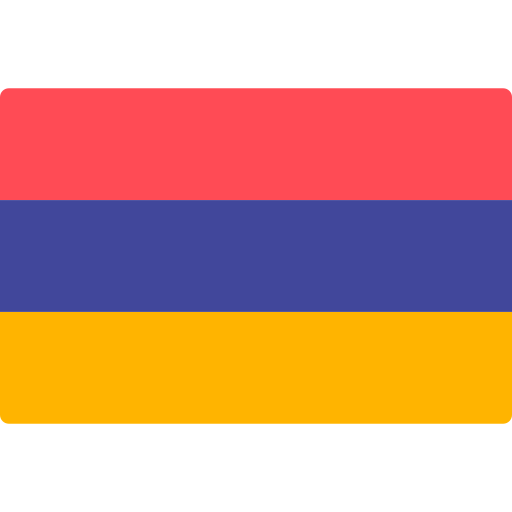

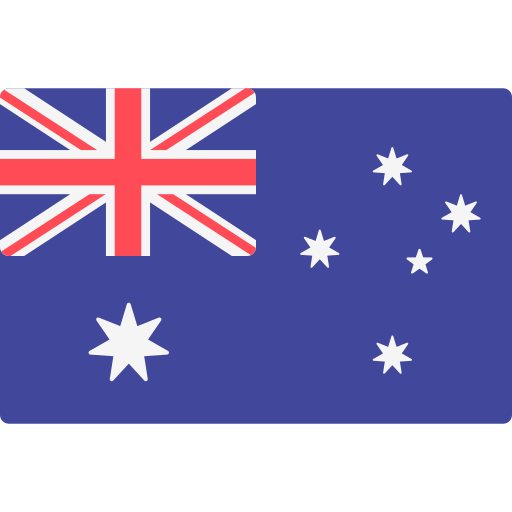





























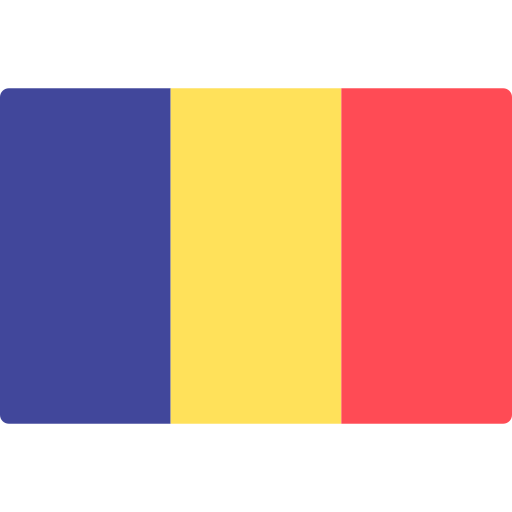



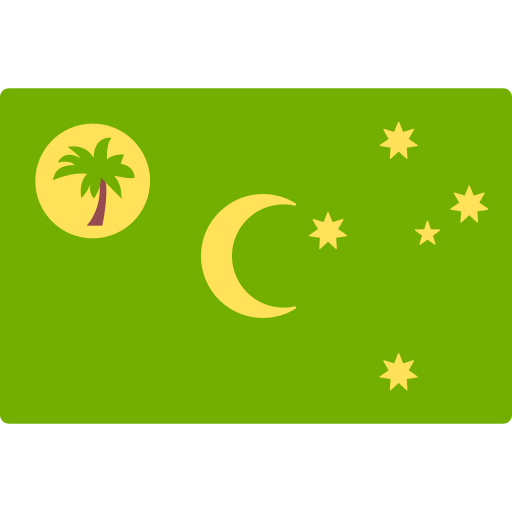
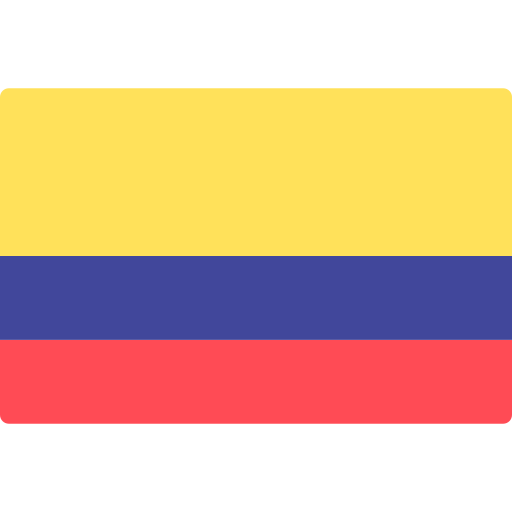





























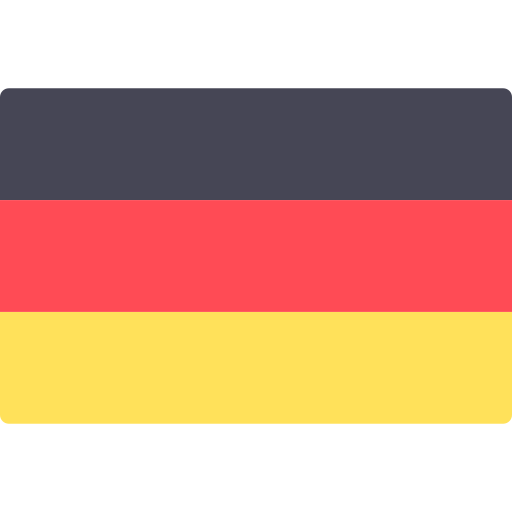
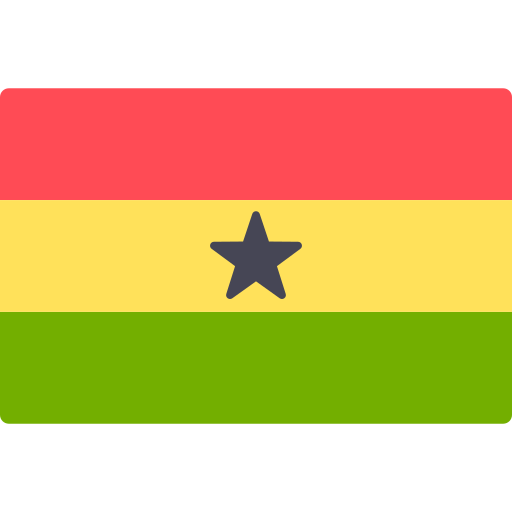



































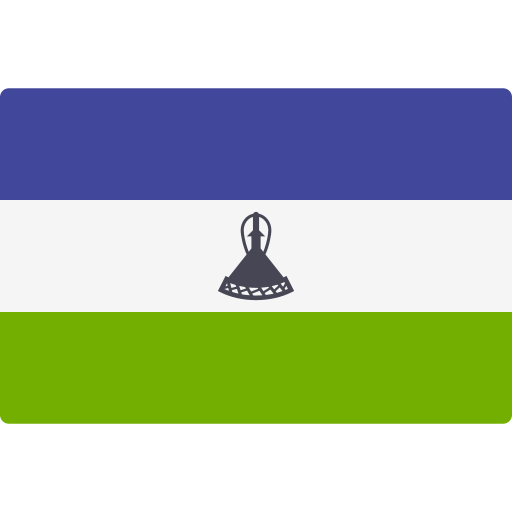





















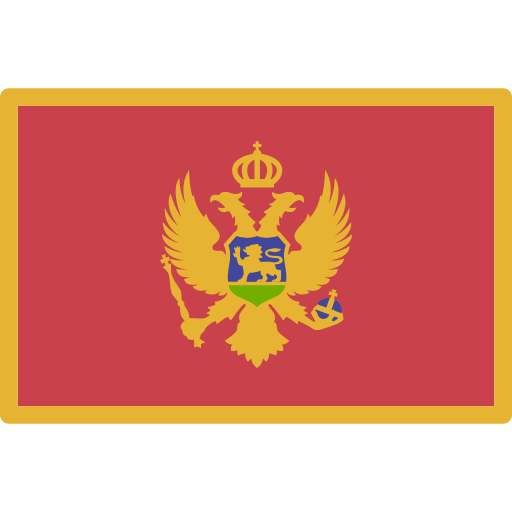









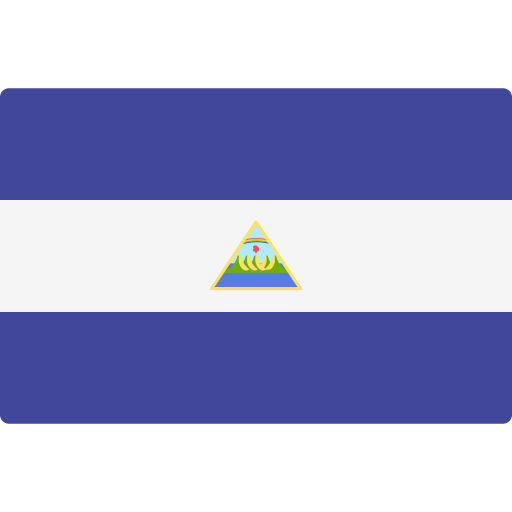












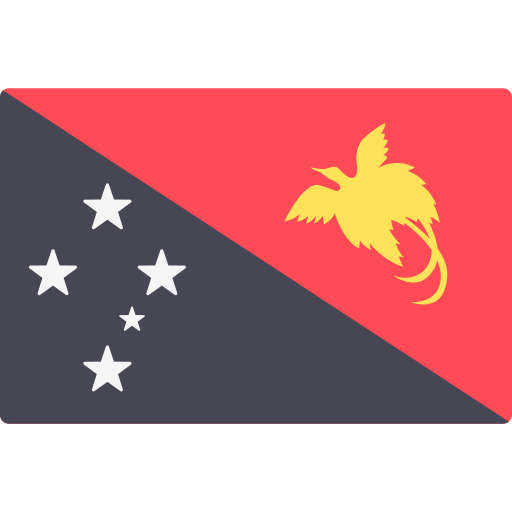



















































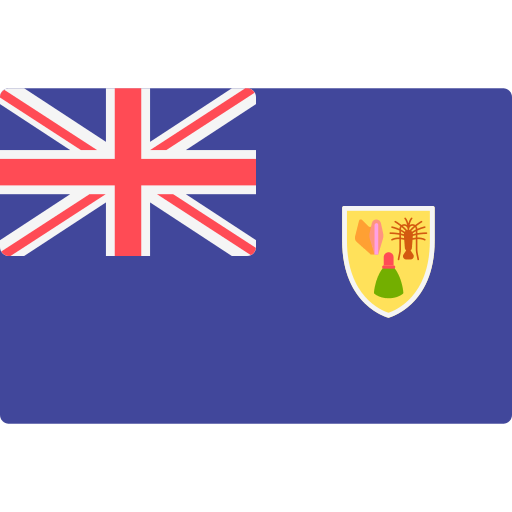





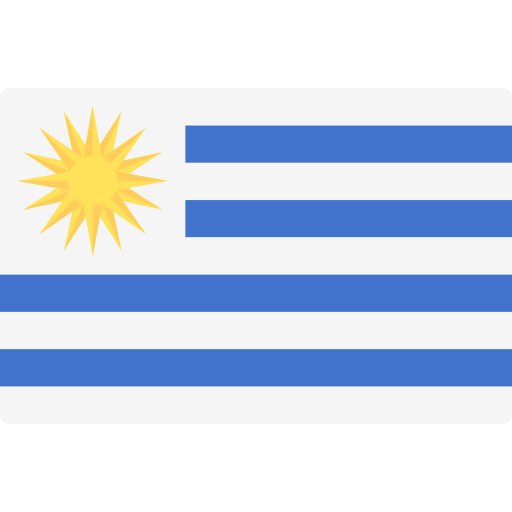








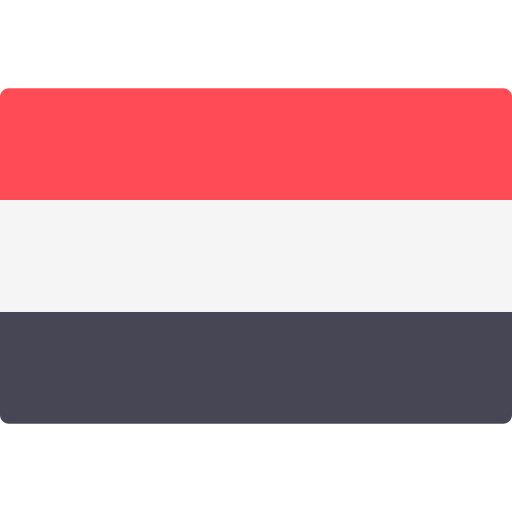






 COMPATIBLE WITH ANY VIDEO SOFTWARE
COMPATIBLE WITH ANY VIDEO SOFTWARE









